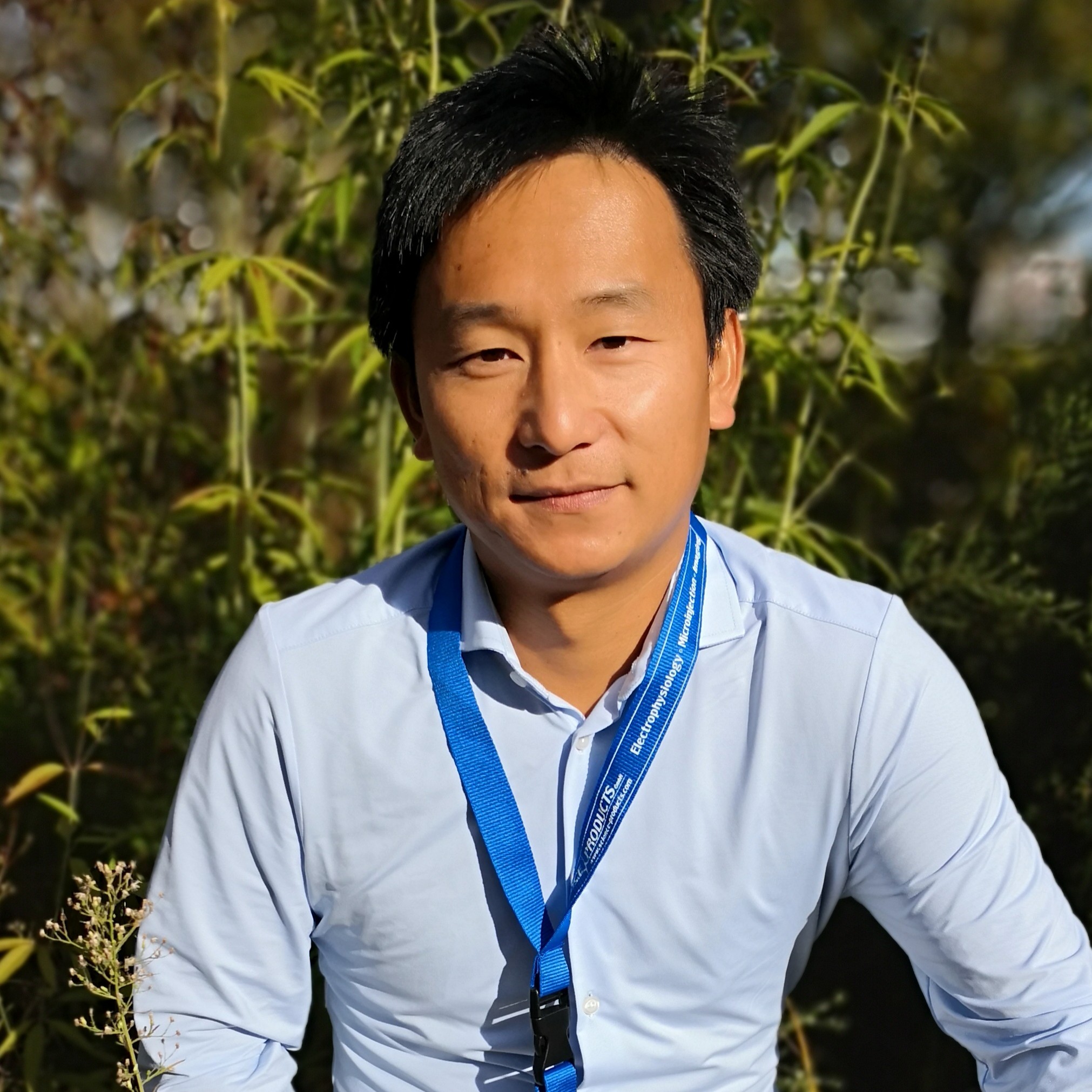About This Project
Plants need efficient CO2 uptake to enhance photosynthesis (PS). However, high temperatures prompt stomatal closure, conserving water but raising leaf surface temperatures further and hindering PS. Climate change accelerates critical temperature thresholds for optimal PS. Our goal is to extend this threshold by combining and optimizing different light-gated ion-conducting proteins to manipulate stomata opening while retaining more water in mesophyll cells at high temperatures.
Ask the Scientists
Join The DiscussionWhat is the context of this research?
Plant photosynthesis is significantly influenced by both light intensity and temperature. Elevated light levels intensify photosynthesis, necessitating effective CO2 absorption to fulfill metabolic requirements. Nevertheless, excessive light raises temperatures, triggering stomatal closure for water conservation. This, however, also increases leaf surface temperatures, impeding PS. A recent publication in Nature pointed out that tropical forests are approaching critical temperature thresholds. Beyond these thresholds, the efficiency of photosynthetic machinery begins to decline. A decrease in photosynthesis will subsequently lower CO2 fixation, potentially exacerbating climate change.
What is the significance of this project?
To surpass this threshold, I propose to work on enhancing stomatal opening while maximizing water retention in cells amidst high light and temperature. My approach involves strategic modulation of ion flux in diverse plant tissues. Stomatal dynamics are intricately regulated by membrane potential. Water movement into or out of cells is dictated by osmolarity. Consequently, extending stomatal opening involves hyperpolarizing the guard cell and promoting net ion influx, effectively retaining water within cells. Achieving this can be facilitated through light-gated ion channels/pumps, capable of robust expression in plant cell plasma membranes and resilience to high temperatures.
What are the goals of the project?
The goal of the project is to improve the somata open while limiting water loss under environmental conditions of high light and temperature.
Two kinds of light-gated tools are aimed to be obtained by protein engineering and tested in plants.
1) Single or multiple light-gated tools that can be expressed in the plasma membrane and function well at high temperatures such as 40 to 50 °C, which could be used to hyperpolarize the membrane potential and open the stomata.
2) Combination of light-gated tools that can be expressed in the plasma membrane and function well at high temperatures, which can be used to enhance or at least to keep the intracellular osmolarity and retain the water.
Budget
The total funding budget is 20000 USD.
The budget items in this proposal are indispensable for the successful completion of our research project. As we embark on this endeavor without prior funding and limited preliminary results, securing the outlined resources is essential.
We require specialized equipment and materials for our experiments. These resources are fundamental to conducting experiments, such as gene fusions, expression assays, and functional tests, which are at the core of our research. Without access to these tools, we cannot make meaningful progress.
 Project Timeline
Project Timeline
We can complete one comprehensive round of molecular cloning within a two-week timeframe. Electrophysiological testing in Xenopus oocytes requires an additional two weeks, while assessing functionality in Arabidopsis through confocal imaging and electrophysiology demands another two to three weeks.
However, this work may entail multiple iterations and fine-tuning, which can extend the timeline. Hence, a reasonable estimate for the entire project's duration would be approximately one year.
May 31, 2024
obtaining the functional ion pump fusion constructs in plant cells
Oct 31, 2024
obtaining light-gated channel variants with distinct sensitivities and functional in plant cells
Dec 31, 2024
co-expression of functional tools in plant cells
Meet the Team
Shiqiang Gao
I am a junior Group Leader at the Physiology Institute of University Wuerzburg. I am interested in studying photoreceptors, synthetic biology, and engineering optogenetic tools to apply them in different biological systems. I have a study and research background in molecular biology, biochemistry, and biophysics, with specific expertise in molecular engineering. In 2015, I obtained my PhD with Prof. Georg Nagel in the field of Optogenetics, there I characterized the first rhodopsin with 8 transmembrane helices and showed light-activated cGMP production. Later, I introduced the all-trans-retinal production into plants and thus facilitated the functional expression of microbial rhodopsins in plants. I also developed synthetic potassium and calcium channels by fusing light-gated nucleotide cyclases with CNG channels. I have established close collaborations with international researchers and produced a number of peer-reviewed publications.
Project Backers
- 0Backers
- 100%Funded
- $20,000Total Donations
- $0Average Donation
